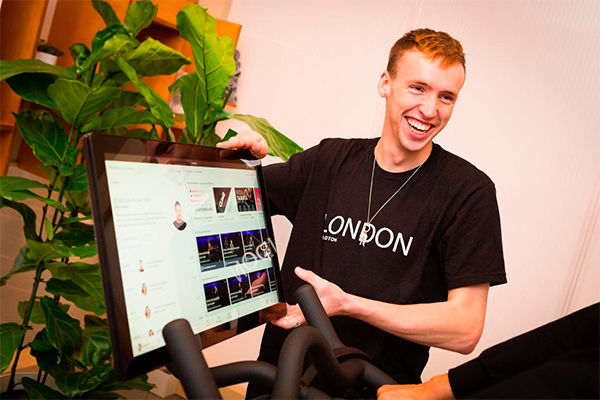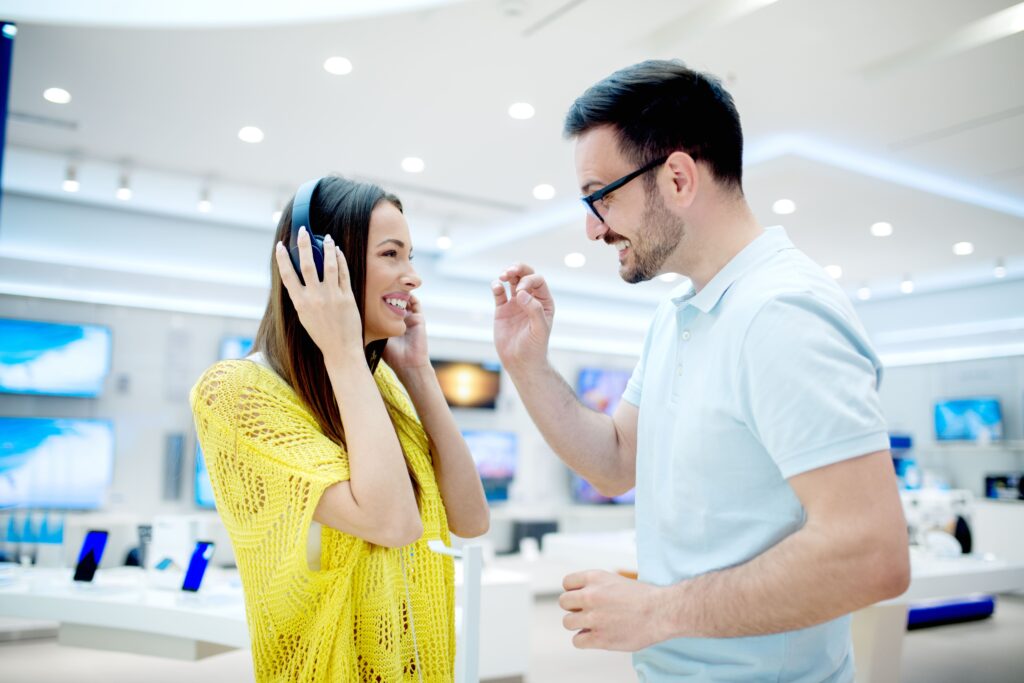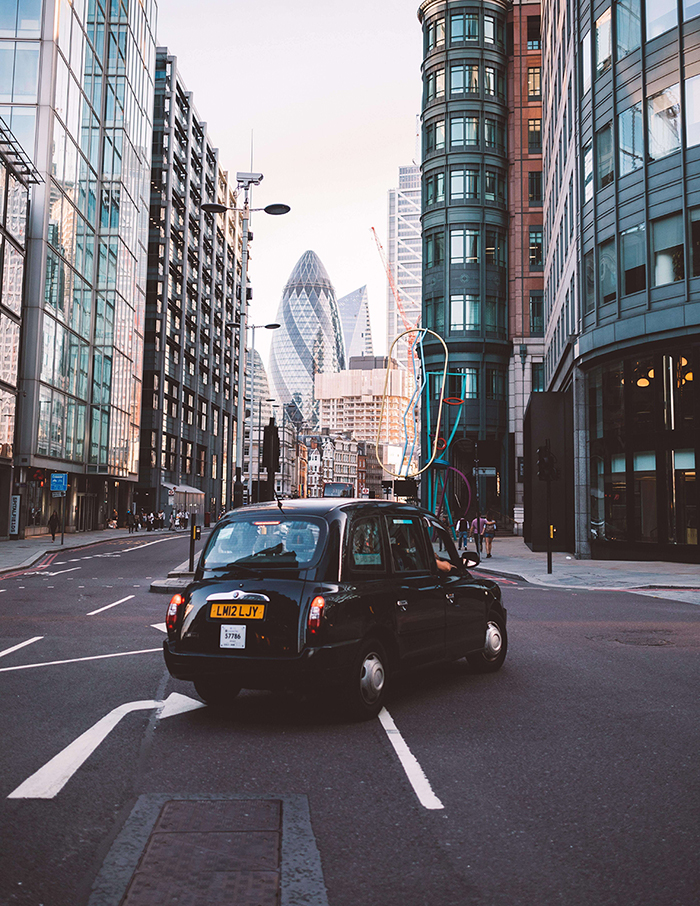Traditional retail is set to undergo a seismic shift over the next 10 years.
It’s certainly no secret that the way we shop is changing. Whether it’s the mass exodus to online shopping or the so-called death of the high street – not to mention the long-term impact of the coronavirus pandemic – we’re seeing the shift before our very eyes.
Even now we are seeing brands that refuse to evolve being brought to their knees, whilst those that have adapted are finding a place in the new retail landscape. Those that have learned from their mistakes and embraced the future are taking a newfound place in the hearts and minds of their customers.
But what does this mean for brands today? With retail set to come back to life in the next few months, how can they diversify their offering in order to survive long-term?
Westfield’s latest in-depth report, How We Shop: The Next Decade, may give us some indication. Let’s explore this survey of 15,000 European consumers, collected from over 10 countries, to pick out the key trends for retail over the next decade, and determine how brands can adapt their approach to meet the needs of their future customers.
74%
of consumers will try a brand on impulse in-store, compared to online shopping
75%
of UK shoppers say they will spend more in stores that offer experiences
69%
of consumers want experiences that feel local and bring people together
45%
want creative brand inspiration spaces in their shopping environments
The End of Prescription Retail
The report’s findings showed that customers across Europe – regardless of country – have had enough of prescription retail.
Consumers don’t want to be told how to shop or what to browse for. They don’t want to be categorised!
This is one of the core advantages brick and mortar retail still has over online competitors. Where algorithms and user preferences may only show what a computer thinks you might like, we know that humans are infinitely more complex.
The shoppers of the next decade want to forge their own path and shop how they want, free of constraints from prescriptive websites of in-store selections.
In fact, over 200 million European shoppers already prefer browsing in a physical store compared to online shopping. According to the data, 80% of Westfield’s survey respondents found it more enjoyable.
74% of shoppers said they will try a brand on impulse in-store compared to online.
This demonstrates, clear as day, the scale of opportunity open to brands that wish to engage with retail customers of the future. By offering in-store, branded retail experiences, they can get in front of customers in a completely unique way – guaranteeing investment and love without prescription.
Making retail experiences the centrepiece of the future
According to the data collected by Westfield, by the year 2025 more than HALF of all retail space will be dedicated to delivering branded experience, rather than services or products. This is how retail survives in an online-dominated market.
But this doesn’t necessarily mean fewer customers or less revenue. The opposite is true for brands that are prepared to take the plunge.
Of the UK consumers surveyed, 75% stated that they spend more money in stores that offer an experience.
So, retailers and brands that are concerned about audiences abandoning the physical experience for online alternatives need only look at the data – in black and white – to understand where audience priorities lie.
This is something we at Stellar have been espousing for years; we know that retail experiences are the future of retailer-customer connection, and we know how to make it work.
But what are people demanding? According to the report, 45% of all European audiences want inspirational spaces in their shopping environments, whilst 42% are craving creativity and flair.
Clearly, the next decade of retail will be defined by personality, creativity and unique approaches – leading to a very different landscape than we’ve ever experienced before.
75%
of shoppers will spend more in a store that offers a brand experience

Personalising the shopping experience
Westfield’s data has highlighted a shift amongst consumers toward ‘retail surgeries’. This is a shopping experience defined by personal assessment, helping you to find precisely what you need based on a number of criteria – the polar opposite to traditional browsing.
Indeed, 56% of all shoppers between the ages of 16 and 34 indicated that they want a more personalised retail experience that cuts to the heart of what they need. This requires immense understanding between brands and their customers. It’s no longer enough to give people what they want – we have to go beyond that.
In the UK, this is a slowly growing trend, with 36% of respondents wanting more ‘retail surgery’. A deeply personal experience like this is more than a shop assistant, it’s a holistic approach that puts the customer in the driving seat.
And an experience like this would certainly be worth paying for. In fact, Westfield speculates that retail surgery could generate as much as 4 trillion Euros per year across all European markets, demonstrating how big the opportunity is for retailers.
But delivering these types of experiences isn’t possible without the right team behind it, which is why investing in creativity and talent to ensure success will be vital over the next decade. Otherwise, you risk audiences simply switching off.
Local experiences for local people
Finally, the last trend highlighted by Westfield in their How We Shop: The Next Decade report is the shift from centralised experiences to more local retail engagement.
This is the desire for true, locally-morphed brand experiences. Not just brands appearing in the local shopping centre, but experiences that encapsulate local products, people, and priorities, to truly reflect the audience that engage with them.

The data shows that 70% of European shoppers want their experiences to feel more local. In the UK alone this number is 69%, highlighting the sheer desire for regional experiences that resonate.
This shows brands that, especially in the wake of the COVID-19 pandemic, shoppers no longer want to travel to metropolis to experience the best. They want experiences on their doorstep, and they’re willing to come out for them.
The future of retail is embracing local.
This latest report does little to change what we already know about the direction of retail. If anything, it strengthens our resolve that things need to change to meet the needs of customers.
So if you’re a brand that’s ready to step into the future and start delivering next-level retail experiences, connect with us and let’s create something special.

